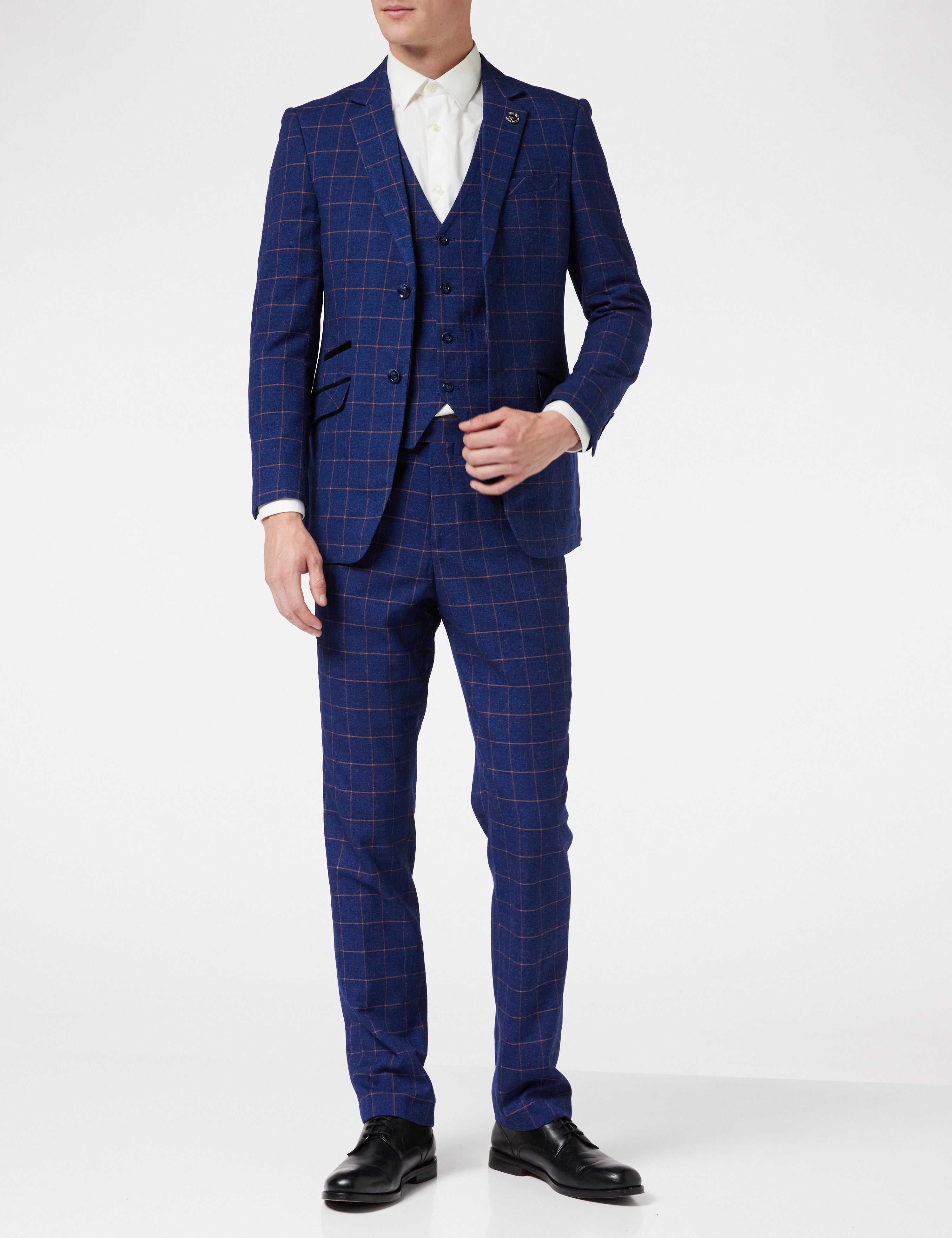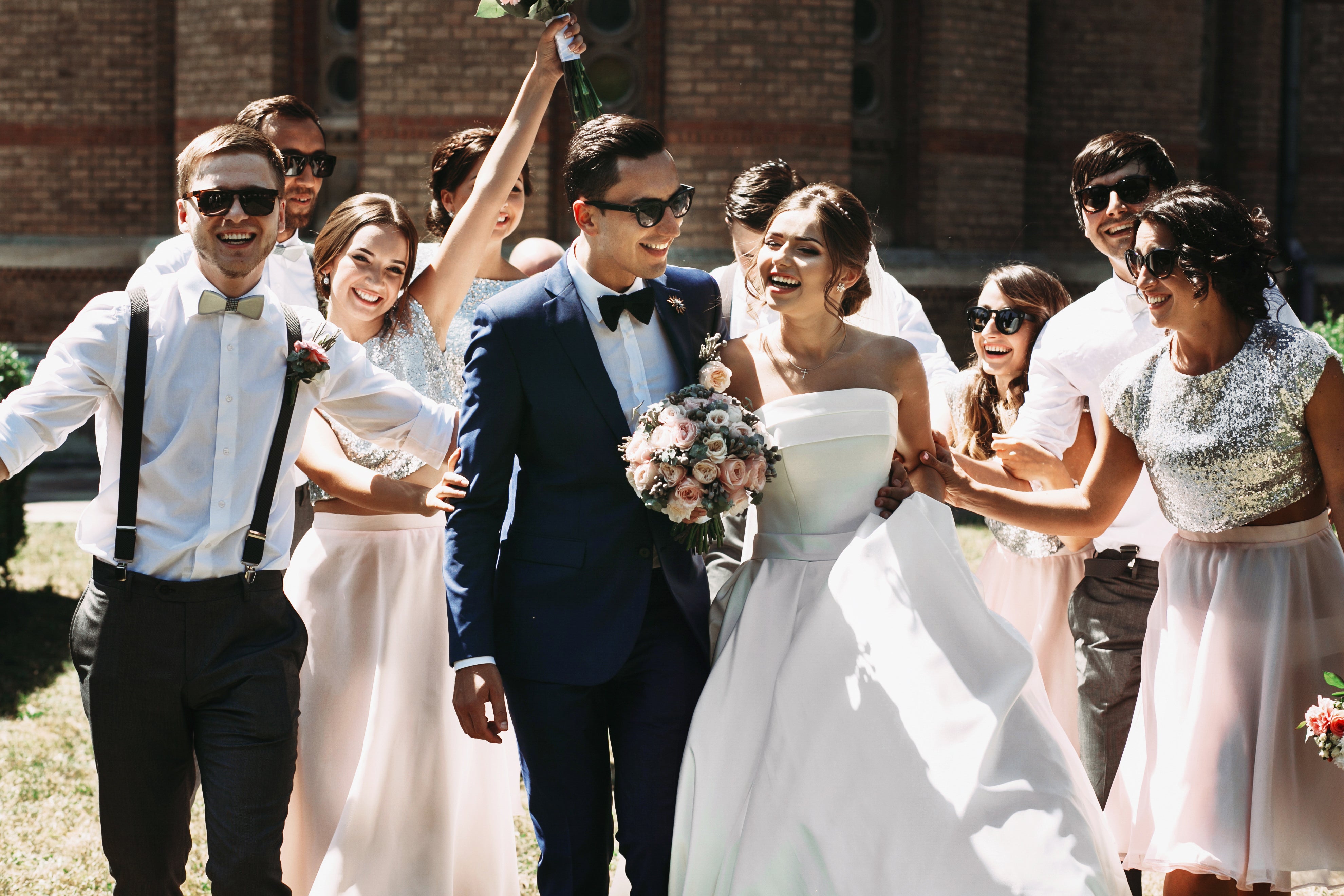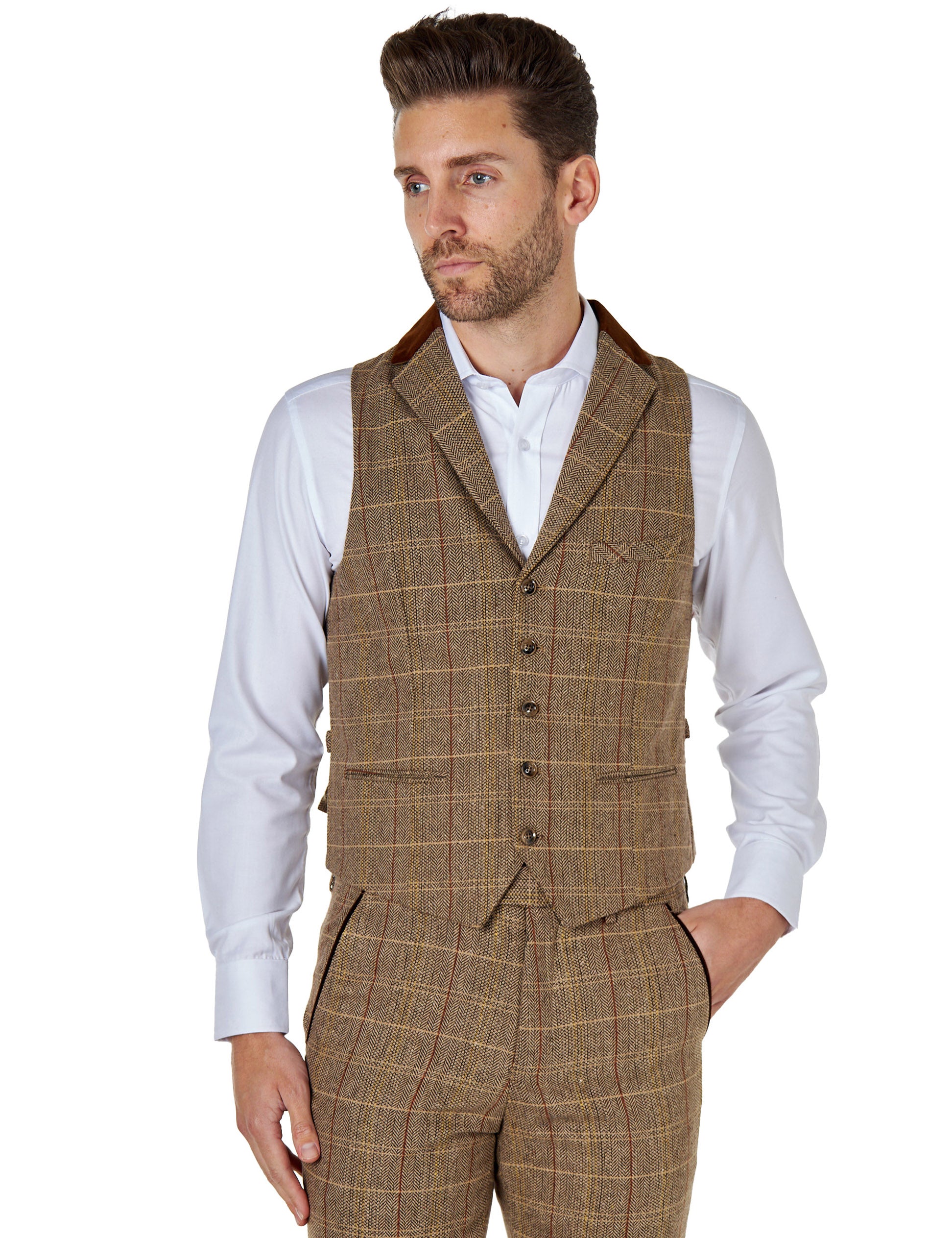How to Tie a Bow Tie
Bow ties have long been a symbol of sophistication and elegance in men’s fashion. So whether you’re attending a formal event or simply want to elevate your everyday style, mastering the art of tying a bow tie is a valuable skill.
Here’s the lowdown – we’re going to tell you how a bow tie differs from a regular tie, provide a step-by-step tutorial on tying the perfect knot, and share some styling secrets to ensure you look the part.
Difference between a bow tie and a regular tie
Bow ties and regular ties serve different purposes and bring unique styles to the collar. Understanding these differences can help you choose the right accessory for any occasion.
Physical differences
A bow tie is a shorter piece of fabric that, when tied, forms a bow shape. It sits comfortably at the collar and typically measures about six inches across. On the other hand, a regular tie is longer, usually around 57 inches, and hangs down in front of the chest. When untied, a regular tie generally tapers from about 4 inches to 1 inch along its length, while bow ties have a more complex, angular shape.
When to choose a bow tie
While regular ties are omnipresent in professional settings and more conventional events, bow ties often come out for more distinctive occasions. A bow tie can instantly add flair to your outfit and set you apart from the crowd.
Historical and cultural significance
Bow ties have a rich history that includes associations with academia, the arts and formal gatherings. They have been worn by famous icons from Winston Churchill to James Bond. For those interested in an in-depth exploration, you can read more about the history of the bow tie here.
Step-by-step guide to tying a bow tie
Now that we've covered the basics, let's dive into the nitty-gritty of tying a bow tie. Follow these steps carefully, and you’ll be set to impress at any event.
Preparation
First, ensure that your bow tie is the appropriate length. Adjustable bow ties are ideal since they offer flexibility. Now, stand in front of a mirror to make the process easier.
Tying the knot
- Drape the bow tie. Place the bow tie around your neck with one side slightly longer than the other.
- Cross and knot: Cross the longer end over the shorter end to form a simple knot. Bring the longer end up through the neck loop and tighten gently.
- Form the bow shape: Fold the shorter end horizontally to shape the front part of the bow.
- Drop the longer end: Take the longer end that is hanging down and drop it over the formed bow shape.
- Create the back bow: Fold the longer end and pass it behind the front bow shape, ensuring sides remain even.
- Tighten and adjust: Finally, carefully tighten the bow by pulling on both ends. Make any necessary adjustments to ensure symmetry.
No time to tie?
If you haven’t got time to learn how to tie a bow tie, there are other options. They might not have the kudos of a hand-tied bow, but they can certainly be donned in an emergency.
Pre-tied bow tie
The pre-tied bow tie comes already knotted and is secured with an adjustable band that fits around the neck. They maintain a consistently perfect bow shape, making them a reliable choice for quick dress-ups or for those not yet adept at tying a traditional bow tie.
Clip-on bow tie
The clip-on bow tie provides the ultimate ease of use, attaching directly to the shirt without any need for adjustments. While less formal due to their simple attachment mechanism, clip-on bow ties are a practical choice for children, beginners or anyone seeking a no-fuss option. Note that they often don’t have a band around the neck, so don’t wear it with a batwing collar.
Styling the bow tie
Knowing how to tie a bow tie is just part of the equation; pairing it correctly enhances your overall look. Here’s how to style your bow tie effortlessly.
What to wear it with
Bow ties are incredibly versatile. When paired with suits or tuxedos, they bring an elegant touch perfect for formal events or weddings. Alternatively, you can wear a bow tie with a shirt and chinos for a polished academic appearance.
Colour combinations
Classic colours like black or white are ideal for formal events. They offer timeless elegance and go well with most formal wear. Bolder shades or patterns allow for personal flair and can make a more casual outfit standout. Seasonal colours and materials like satin for winter or cotton for summer can also add interesting dimensions to your wardrobe.
Events where a bow tie is appropriate
Bow ties are synonymous with formal occasions such as weddings, black-tie events, and galas. However, they also make for excellent choices at less formal gatherings, like cocktail parties or university functions, where individual style can shine. Even in professional settings, bow ties can make a unique statement on themed days or when you wish to diversify your usual attire.
All tied up now
The bow tie might be expected on certain formal occasions but can have a real wow factor on others. It’s all about wearing it with confidence and style, not as a novelty. If you’ve got an event planned to debut your dickie, take some time to learn to tie a genuine knot. Like all good things, it takes a bit of practice. But it’s worth every second when you check yourself out in the mirror.










